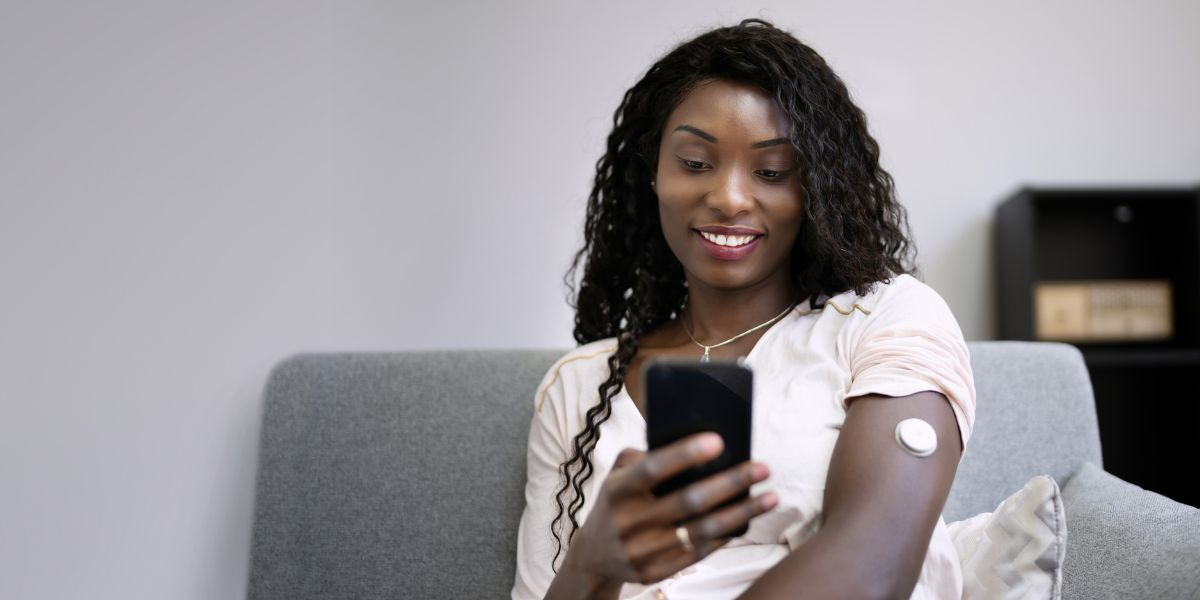Artificial intelligence achieved a 98% accuracy rate in detecting disease using images of tongues, with the team behind the technology saying it could prove to be an “efficient” and “affordable” method for disease screening.
Researchers from Iraq and Australia developed an imaging system which can diagnose diabetes, stroke, anaemia, asthma, liver and gallbladder conditions, COVID-19, and a number of vascular and gastrointestinal issues.
The system was put to the test when it was tasked with diagnosing disease using 60 tongue images from two hospitals, taken from patients with different health issues.
- Exercise reduces depression in people living with high levels of pain
- American sweets containing banned ingredients on sale in UK shops
- One in 10 people remain on soup and shake diet
The model successfully matched the tongue colour with the right disease in almost every case.
The theory behind it replicates a practice that has been used in traditional Chinese medicine for 2,000 years – using the tongue as a starting point when looking for symptoms of disease.
Senior author Ali Al-Naji, Adjunct Associate Professor at Middle Technical University and the University of South Australia, said: “The colour, shape and thickness of the tongue can reveal a litany of health conditions.
“Typically, people with diabetes have a yellow tongue; cancer patients a purple tongue with a thick greasy coating; and acute stroke patients present with an unusually shaped red tongue.
“A white tongue can indicate anaemia; people with severe cases of COVID-19 are likely to have a deep red tongue; and an indigo or violet coloured tongue indicates vascular and gastrointestinal issues or asthma.”
The team of engineers behind the AI model used more than 5,000 images to develop algorithms which can detect tongue colour.
- AI-generated alerts reduce hospital patients’ risk of dying, study shows
- Patients prefer ChatGPT responses over doctors’ responses
- AI can improve efficiency of an artificial pancreas, scientists say
For the study, cameras were placed 20cm from a patient to capture an image of their tongue colour, before a predication of the health condition was delivered in real time.
Co-author Professor Javaan Chahl, from the University of South Australia, says eventually, smartphones could be used in a similar way.
He said: “These results confirm that computerised tongue analysis is a secure, efficient, user friendly and affordable method for disease screening that backs up modern methods with a centuries-old practice.”
Read more in the journal Technologies.




